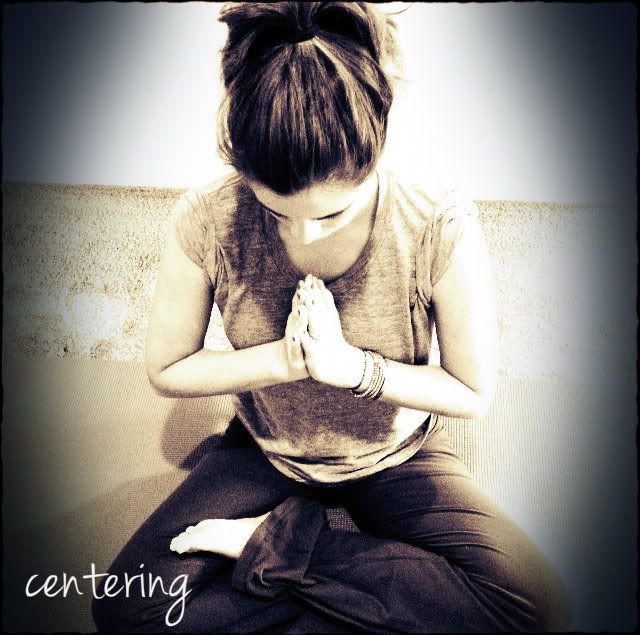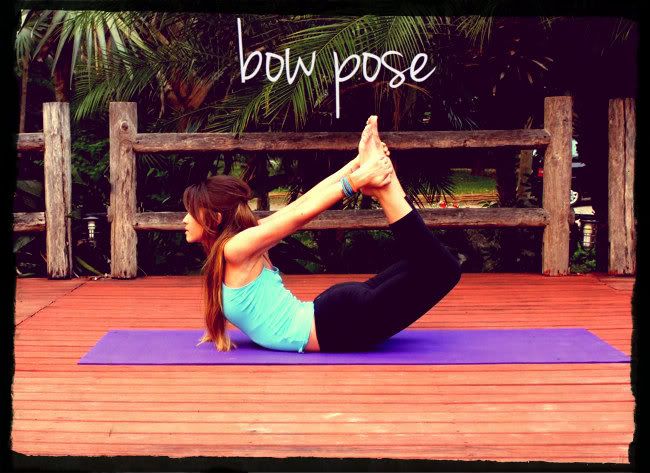
{Via}
Have you ever experienced a headache or a sense of drowsiness after a particularly emotionally/physically intense yoga class? You may have attributed your sensations to the result of a tiring day, or dehydration, but there may be something more going on.
Yoga is a theraputic experience. When practiced mindfully, your whole body will experience increased circulation and internal massage. This leads to a clean out of toxins in the body. The toxins will be released into the blood stream and may cause headaches, drowsiness and fatigue. No need to worry- this is generally temporary and the sensations will subside soon.
On a psychological level, you can also experience releases through yoga. You may find yourself laughing or crying for no apparent reason during or after an emotionally/physically intense yoga class. You may find yourself getting agitated, anxious, sad or angry during class. These feelings could be a result of a psychological block being released. Or, sometimes melancholoy, anxiety and resentment result from a half-hearted practice. Anger, frustration and impatience can result from an aggressive approach to practice. Be mindful of where you are emotionally and make a conscious effort to change your approach to the practice if you find that you're not staying true and authentic to yourself. If you are approaching your practice with integrity and the emotions are still coming, don't judge yourself. Let emotions come freely, and let the release happen.








